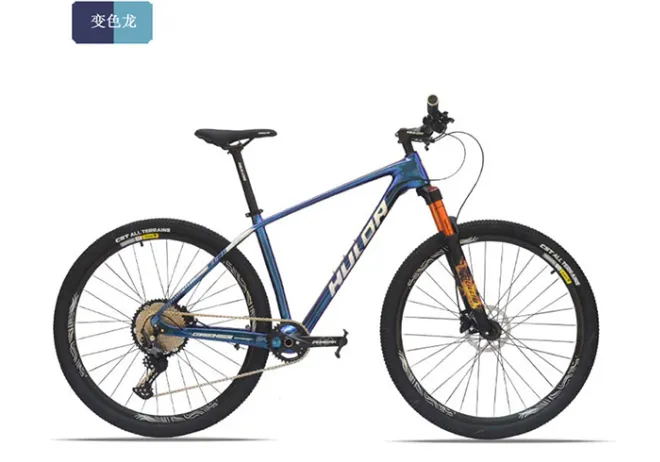
- Afrikaans
- Albanian
- Amharic
- Arabic
- Armenian
- Azerbaijani
- Basque
- Belarusian
- Bengali
- Bosnian
- Bulgarian
- Catalan
- Cebuano
- Corsican
- Croatian
- Czech
- Danish
- Dutch
- English
- Esperanto
- Estonian
- Finnish
- French
- Frisian
- Galician
- Georgian
- German
- Greek
- Gujarati
- Haitian Creole
- hausa
- hawaiian
- Hebrew
- Hindi
- Miao
- Hungarian
- Icelandic
- igbo
- Indonesian
- irish
- Italian
- Japanese
- Javanese
- Kannada
- kazakh
- Khmer
- Rwandese
- Korean
- Kurdish
- Kyrgyz
- Lao
- Latin
- Latvian
- Lithuanian
- Luxembourgish
- Macedonian
- Malgashi
- Malay
- Malayalam
- Maltese
- Maori
- Marathi
- Mongolian
- Myanmar
- Nepali
- Norwegian
- Norwegian
- Occitan
- Pashto
- Persian
- Polish
- Portuguese
- Punjabi
- Romanian
- Russian
- Samoan
- Scottish Gaelic
- Serbian
- Sesotho
- Shona
- Sindhi
- Sinhala
- Slovak
- Slovenian
- Somali
- Spanish
- Sundanese
- Swahili
- Swedish
- Tagalog
- Tajik
- Tamil
- Tatar
- Telugu
- Thai
- Turkish
- Turkmen
- Ukrainian
- Urdu
- Uighur
- Uzbek
- Vietnamese
- Welsh
- Bantu
- Yiddish
- Yoruba
- Zulu
Nov . 30, 2024 08:23 Back to list
How to Properly Adjust Mountain Bike Derailleur Gears for Smooth Shifting
Adjusting Derailleur Gears on a Mountain Bike
Riding a mountain bike can be an exhilarating experience, allowing you to traverse rugged terrains and enjoy nature. However, to fully enjoy your ride, it's crucial that your bike's derailleur gears are functioning correctly. Adjusting derailleur gears may seem daunting at first, but understanding the basic mechanisms can make the process clearer and more manageable. In this article, we will discuss the steps to adjust your mountain bike’s derailleur gears, ensuring smooth shifting and enhancing your overall riding experience.
Understanding the Derailleur System
The derailleur system consists primarily of two components the front derailleur and the rear derailleur. The front derailleur moves the chain between the chainrings at the front of the bike, while the rear derailleur shifts the chain across the sprockets on the rear wheel. Both derailleurs need to be precisely aligned and adjusted to ensure optimal performance.
Tools You Will Need
Before starting the adjustment process, gather the necessary tools - A Phillips screwdriver - An Allen key set - A chain checker (optional) - A bike stand (if available)
Step-by-Step Adjustment
1. Inspect the Derailleurs Begin with a thorough inspection of both the front and rear derailleurs. Look for any visible damage, dirt, or debris that could hinder their performance. Make sure that the cables are not frayed and are functioning properly.
adjusting derailleur gears mountain bike

2. Check Cable Tension - For the rear derailleur, pull the cable by hand to create some tension. If the derailleur does not shift smoothly, you may need to adjust the barrel adjuster (located on the derailleur or shifter) by turning it counterclockwise. - For the front derailleur, ensure that the cable is taut but not excessively tight.
3. Adjust Limit Screws - The limit screws (often marked as 'H' for high and 'L' for low) control how far each derailleur can move. For the rear derailleur, shift to the smallest cog and adjust the 'H' limit screw until the derailleur is perfectly aligned with that cog. Shift to the largest cog and adjust the 'L' screw to prevent the chain from falling off. - For the front derailleur, shift to the largest chainring and adjust the 'H' screw to ensure that the derailleur is parallel with the chainring. Repeat the process for the smallest chainring using the 'L' screw.
4. Fine-Tuning Shifting - Shift through all the gears multiple times. If the chain struggles to shift, adjust the barrel adjuster minimally until shifting becomes smooth. A little adjustment can make a big difference, so take your time.
5. Final Checks - Once you have completed the adjustments, test ride your bike in various gears. Listen closely for any abnormal sounds, which could indicate ongoing issues. It’s also important to check that the chain does not drop during gear changes.
6. Regular Maintenance - Regularly check and clean your derailleur system to ensure optimal performance. This includes cleaning the chain and inspecting your cables for wear. Regular maintenance can prevent many common issues related to derailleur malfunctions.
Conclusion
Adjusting derailleur gears on your mountain bike is not just about fixing problems; it's about preventing them. Proper adjustments enhance your riding experience, making gear shifts smooth and efficient. With practice, this task becomes second nature, allowing you to focus on enjoying the ride. So, whether you’re tackling a steep hill or cruising down a trail, ensure your derailleur gears are expertly tuned – it makes all the difference on your mountain biking adventures.
-
The Ultimate Kids' Four-Wheeler Experience
NewsJul.09,2025
-
The Ultimate Guide to Mountain Bikes: Gear Up for Your Ride
NewsJul.09,2025
-
The New Age of Cycling: Electric Bikes for Every Rider
NewsJul.09,2025
-
The Best Kids Bicycles: Ride in Style and Safety
NewsJul.09,2025
-
The Best 3-Wheel Scooters for Kids: Fun, Safety, and Adventure
NewsJul.09,2025
-
Revolutionize Your Ride: Affordable Electric Bikes
NewsJul.09,2025
-
Finding the Perfect Mountain Bike for Every Rider
NewsJul.09,2025



